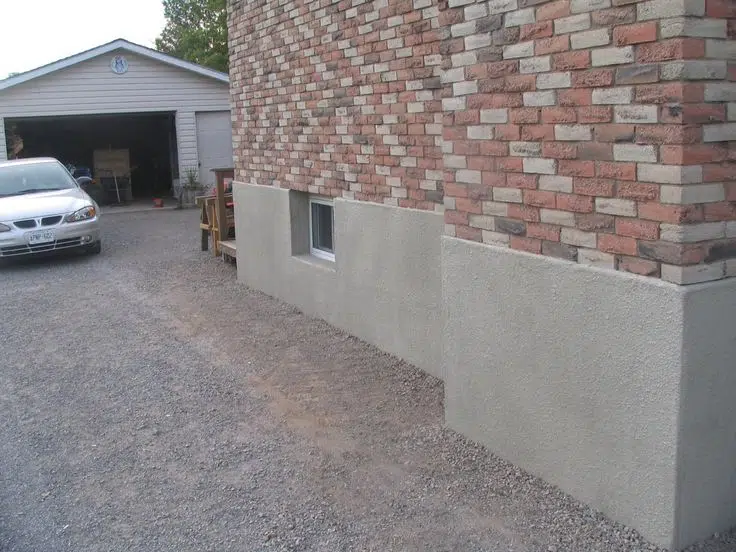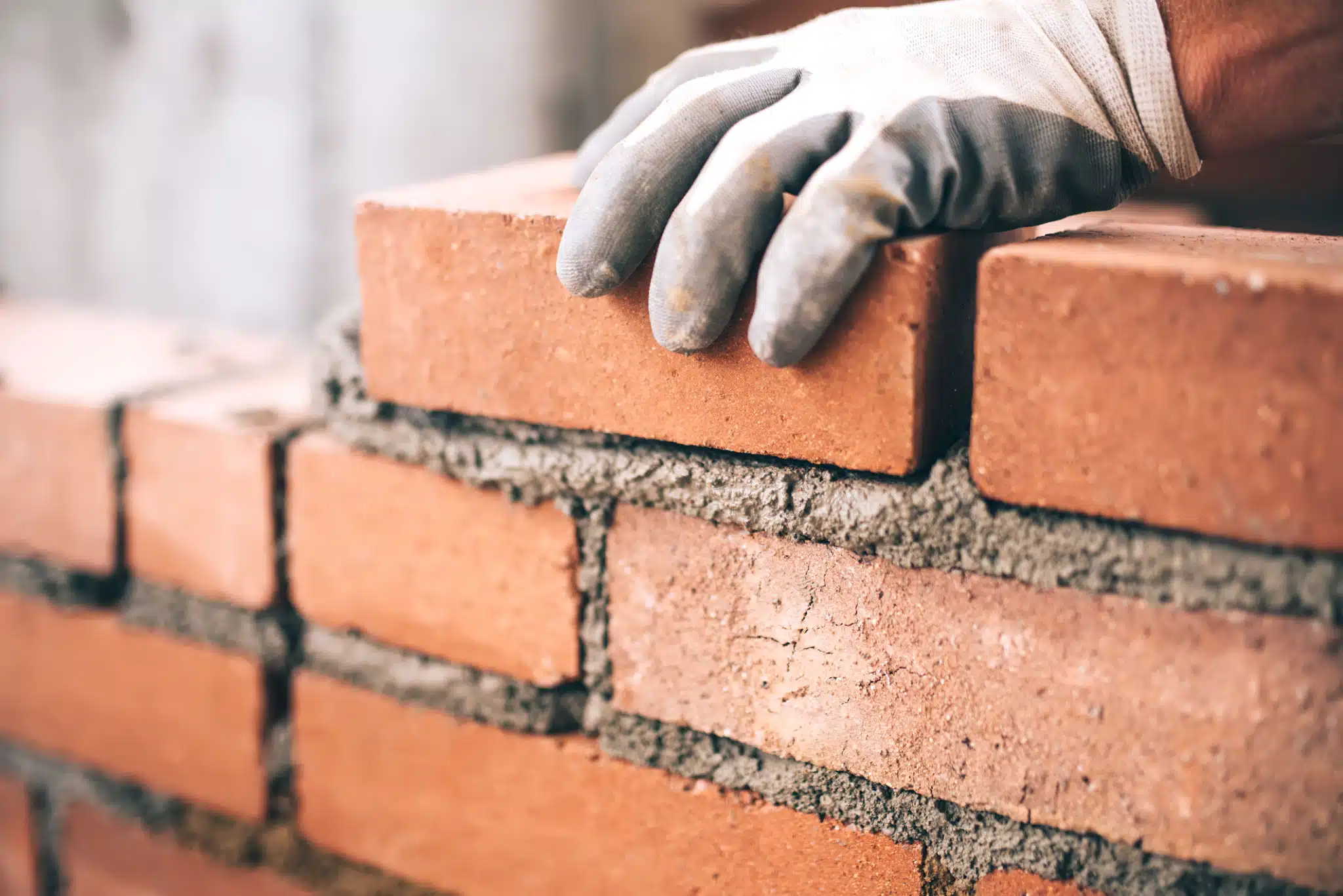Brantford, Ontario, has a rich history of masonry that spans centuries, from the early days of Indigenous settlements to the modern architectural marvels we see today. This blog post will take you on a journey through time, exploring the fascinating evolution of masonry techniques in our beloved city. We’ll trace the development of this ancient craft from its humble beginnings to the cutting-edge practices employed by today’s skilled masons, highlighting key innovations and changes along the way.
Early Masonry Techniques: Indigenous Peoples and Settlers
Before European settlers arrived in the area now known as Brantford, Indigenous peoples had already developed sophisticated building techniques using locally available materials. These early masonry methods laid the foundation for future developments in the craft.
Indigenous Masonry Practices
The Indigenous peoples of the region, primarily the Haudenosaunee (Iroquois) Confederacy, including the Mohawk nation, developed unique masonry techniques suited to their lifestyle and environment. Some of these early practices included:
- Construction of longhouses using a combination of wooden frames and bark coverings
- Building stone fire pits for cooking and warmth
- Creating stone tools for various purposes, including building and crafting
While not strictly masonry in the modern sense, these techniques demonstrated a deep understanding of local materials and their properties, which would influence later developments in the craft.
Early Settler Masonry
As European settlers began to arrive in the Brantford area in the late 18th and early 19th centuries, they brought with them traditional masonry techniques from their home countries. These early settler masonry practices included:
- Building log cabins with stone foundations
- Constructing simple stone walls for property boundaries and livestock enclosures
- Erecting basic brick and stone structures for homes and public buildings
The settlers’ techniques often blended with Indigenous knowledge, resulting in unique hybrid methods that were well-suited to the local climate and available resources.
The Impact of Industrialization on Masonry Practices
The 19th century brought significant changes to Brantford, as industrialization transformed the city’s economy and building practices. This period saw rapid advancements in masonry techniques, driven by new technologies and increased demand for sturdy, fire-resistant structures.
The Rise of Brick Manufacturing
One of the most significant developments during this period was the establishment of local brick manufacturing facilities. The abundance of clay deposits in the area made Brantford an ideal location for brick production. This led to several important changes in masonry practices:
- Increased availability of high-quality, uniform bricks
- Standardization of brick sizes and shapes
- Development of new bonding patterns and decorative techniques
- Improved fire resistance in buildings, reducing the risk of widespread urban fires
Advancements in Mortar and Cement
The industrial revolution also brought about improvements in mortar and cement production. These advancements allowed masons to create stronger, more durable structures. Key developments included:
- Introduction of Portland cement, which provided superior strength and water resistance
- Development of specialized mortars for different applications
- Improved techniques for mixing and applying mortar
New Tools and Equipment
Industrialization introduced a range of new tools and equipment that revolutionized masonry work in Brantford. Some of these innovations included:
- Steam-powered brick presses for more efficient brick production
- Improved trowels, levels, and other hand tools
- Introduction of scaffolding systems for safer and more efficient work at heights
Modern Masonry Techniques and Materials in Brantford
As we move into the 20th and 21st centuries, masonry techniques in Brantford have continued to evolve, incorporating new materials, technologies, and design principles. Today’s masons blend traditional craftsmanship with modern innovation to create stunning and durable structures.
Advanced Materials
Modern masonry in Brantford utilizes a wide range of advanced materials, including:
- Engineered bricks with improved thermal and acoustic properties
- Concrete masonry units (CMUs) in various sizes and finishes
- Natural and manufactured stone veneers for decorative applications
- High-performance mortars and grouts with enhanced durability and flexibility
Innovative Construction Techniques
Today’s masons employ a variety of cutting-edge techniques to improve efficiency, safety, and quality in their work:
- Use of laser levels and digital measuring tools for precise layouts
- Implementation of computer-aided design (CAD) for complex masonry projects
- Adoption of prefabrication methods for certain masonry elements
- Integration of masonry with other building systems, such as insulation and moisture barriers
Sustainable Practices
As environmental concerns become increasingly important, Brantford’s masonry industry has adapted to incorporate sustainable practices:
- Use of recycled materials in brick and CMU production
- Implementation of energy-efficient manufacturing processes
- Design of masonry systems that contribute to building energy efficiency
- Restoration and preservation of historic masonry structures to reduce waste and conserve resources
The Balance Between Traditional Craftsmanship and Modern Innovation
One of the most remarkable aspects of masonry in Brantford today is the delicate balance struck between time-honored traditions and cutting-edge innovations. This harmony is evident in various aspects of the craft:
Preservation of Historic Techniques
Many of Brantford’s masons take pride in preserving and practicing traditional techniques, especially when working on heritage buildings. This includes:
- Repointing historic brickwork using period-appropriate mortars
- Recreating intricate decorative brickwork patterns
- Hand-mixing custom mortar blends to match original compositions
Integration of Modern Technologies
While respecting tradition, Brantford’s masons also embrace modern technologies to enhance their work:
- Using 3D scanning and modeling to assess and plan restoration projects
- Implementing robotic systems for certain repetitive tasks
- Utilizing advanced weather forecasting tools to optimize work schedules and protect fresh masonry
Training and Education
The masonry industry in Brantford recognizes the importance of passing down traditional knowledge while also preparing the next generation for future challenges. This is achieved through:
- Apprenticeship programs that combine hands-on training with classroom education
- Workshops and seminars on both traditional and modern masonry techniques
- Collaboration with local educational institutions to promote masonry as a career
Conclusion
The evolution of masonry techniques in Brantford is a testament to the city’s rich history and innovative spirit. From the early practices of Indigenous peoples and settlers to the advanced methods employed today, masonry has played a crucial role in shaping our urban landscape and preserving our architectural heritage.
As we look to the future, it’s clear that masonry in Brantford will continue to evolve, embracing new technologies and sustainable practices while honoring the timeless craft that has stood the test of time. Whether you’re admiring a historic building downtown or considering a modern masonry project for your home, take a moment to appreciate the skill, artistry, and innovation that goes into every brick and stone in our beautiful city.
\n\n\n
error: No faq



